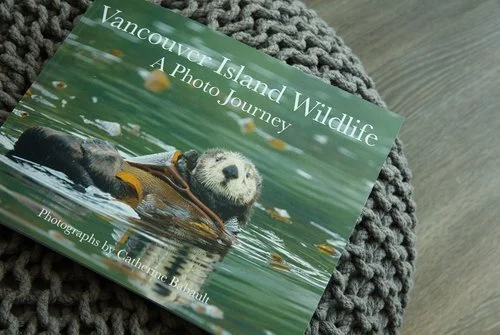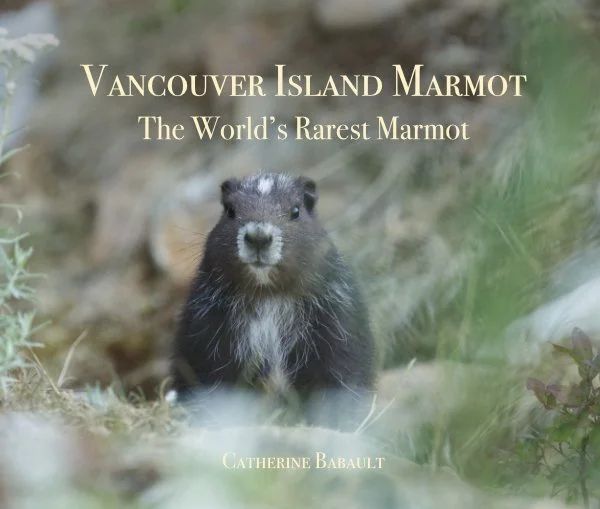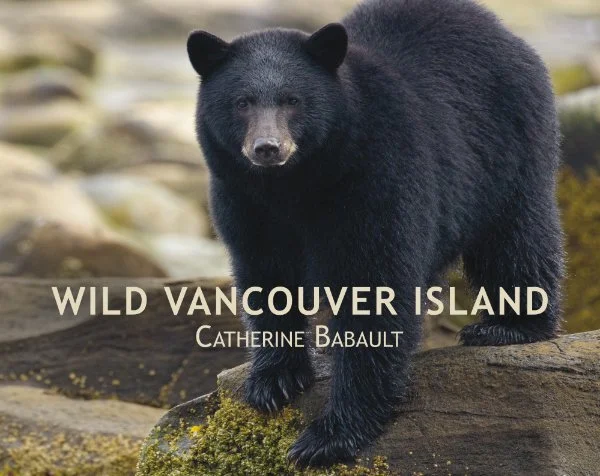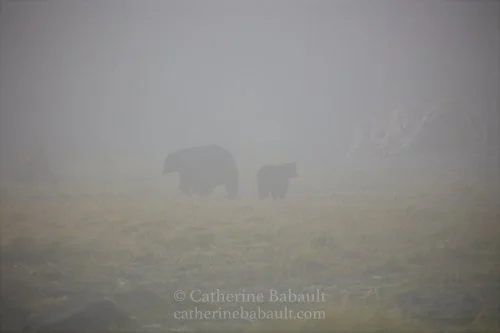As a wildlife photographer, I enjoy learning about wild animals and observing them in their natural environment. While some photographers are interested in birds, I prefer mammals. Big mammals, like bears. Their large size, curvy shape and thick fur make them both attractive and intimidating.
I saw my first black bear in Manitoba during a solo road-trip across the country. I was driving on a rural road when suddenly a chunky bear crossed the road and dashed into the woods. It was a brief encounter but I was delighted. After settling on Vancouver Island, I became aware that bears are everywhere. They frequent the mountains, coastal rainforests and towns. I also learnt that black bears can swim, climb trees, and break into homes and vehicles. I had moved to bear country.
After learning about bear safety, my next step was to capture their natural behaviour in their natural habitat. However, I had to find the right balance between reaching my goal and minimizing my impact on the animals, which meant I had to keep a safe distance and avoid disrupting their activities. The other factors I had to consider were the location and accessibility, the time of the year, the light, and the setting. After spending an extensive period of time researching at home and exploring in the field, I found a remote prime fishing spot used by black bears during the salmon run. By the time I first visited that spot, I had encountered many black bears around Vancouver Island, so I was familiar with their behaviour and I knew how to read their body language.





























